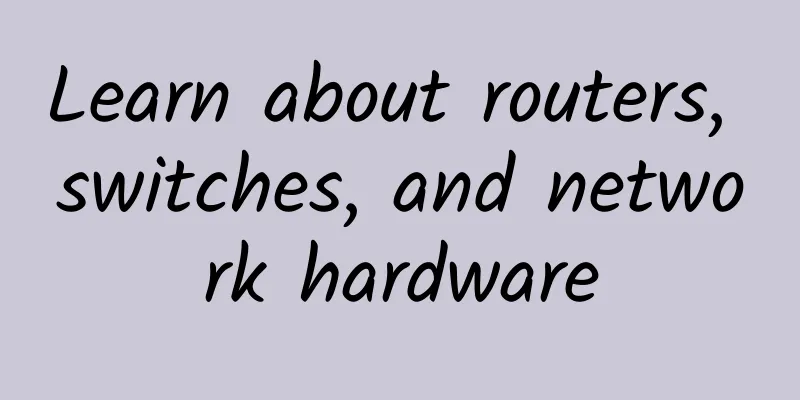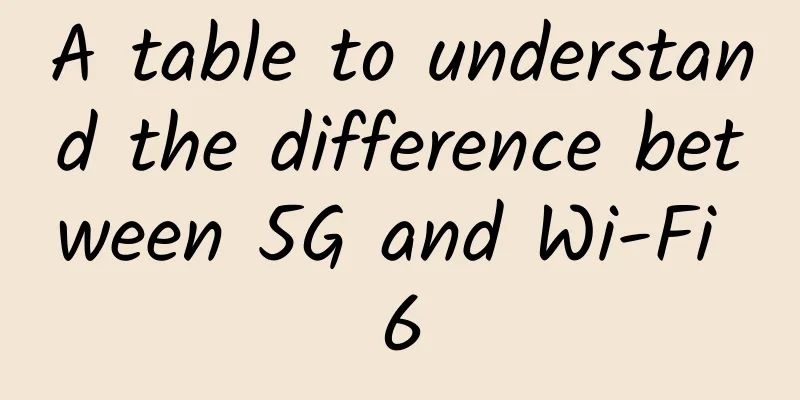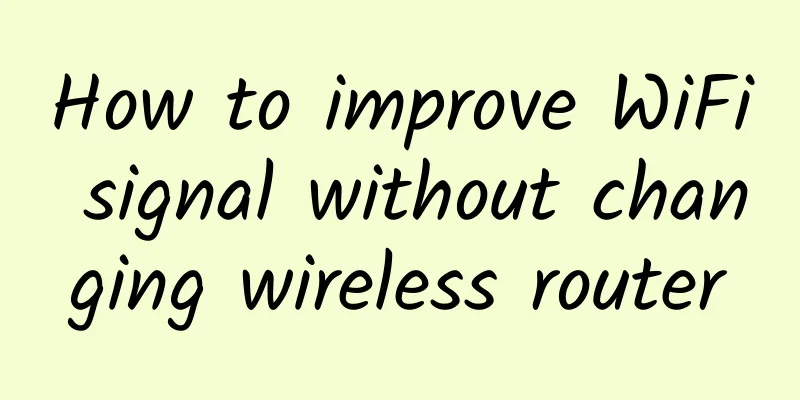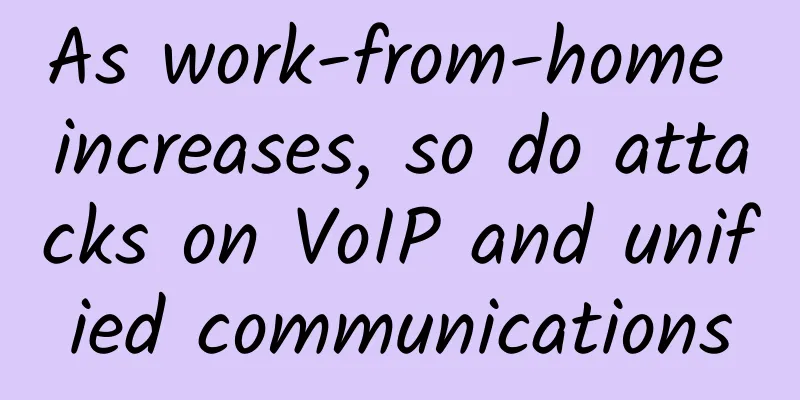Global 5G War: New Progress of Foreign Operators
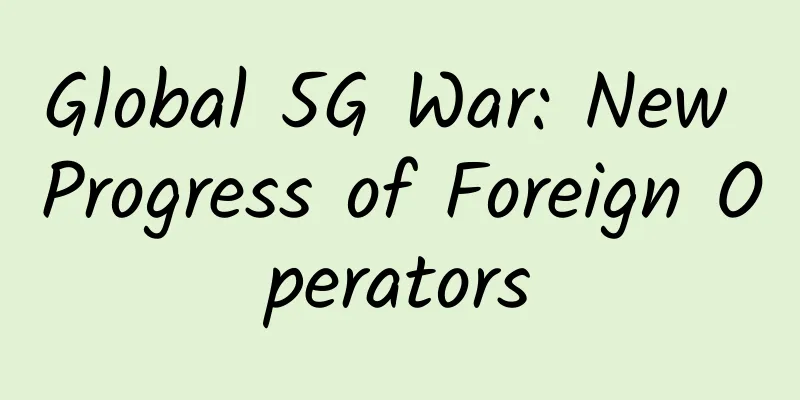
|
2020 was supposed to be the year 5G went global, but a pandemic coupled with a global economic recession has put the fate of 5G in jeopardy. Although we all hope that the impact of the pandemic will not cause delays in 5G deployment, the reality may not be the case.
Recently, South Africa and Sweden launched 5G networks, and China Mobile also signed a 5G construction contract. Meanwhile, 4G and 5G Open RAN trials will be carried out in the UK, Germany, Spain and Brazil this year after Telefonica confirmed a "strategic ecosystem collaboration" with Altiostar, Gigatera Communications, Intel, Supermicro and Xilinx. However, 5G spectrum auctions in India and Poland have faced delays and cancellations. “Many countries are still waiting for regulators to approve 5G deployments, and operators are spending a lot of time on 5G,” Mikaël Schachne, vice president of mobile and IoT at BICS, told Capacity magazine earlier this year. “First, 5G is more of an evolution than a revolution. We will achieve a complete transformation of the 5G core, but it will take a lot of effort,” Schachne added. OpenSignal studied the progress of 5G in four countries: Australia, South Korea, the United States and the United Kingdom, evaluating the performance of 10 5G operators that have provided services for at least six months. Speed and spectrum 5G is fast, but speeds vary from carrier to carrier. Across the 10 carriers studied, 5G speeds ranged from 18.4 times to 1.7 times faster than 4G, with Verizon at 506.1 Mbps and T-Mobile US at 47 Mbps. Although the 5G speeds of different operators vary, in general, 5G download speeds are much faster than 4G. 5G download speeds are 3.5 times faster than the fastest 4G download speeds. Ian Fogg, head of the analysis team at Opensignal, said: “Understanding the extent to which 5G improves the mobile experience is critical for consumers considering upgrading to 5G and for the mobile industry planning to invest in 5G speeds.” As shown in the figure, spectrum is key. Verizon's network speed tops the list because it is the only operator using millimeter wave spectrum, while lower-band spectrum is relatively slower. For example, T-Mobile US's 5G speed is 600Mhz and AT&T is 850Mhz. Although they have wide coverage, they have less capacity and slower average speeds. All other operators use mid-band spectrum, including Telstra in Australia, the three major operators in South Korea, Sprint in the United States, and EE and Vodafone in the United Kingdom. The result is that user speeds vary greatly. For example, the speeds of the three operators in South Korea are over 200 Mbps, while Sprint is only 114.2 Mbps. "To some extent, this speed difference is due to the amount of 5G spectrum available for deployment - wider channels provide faster speeds - but also to other differences in the network, such as differences in the performance of each cell site or each operator's core network. Serve Although network speed is crucial for 5G services, whether and when users can enjoy 5G services are also crucial. “The potential of 5G is meaningless if it’s hard to get 5G service,” Fogg said. T-Mobile US had a 5G availability rate of 19.8%, followed by the three South Korean operators, with 5G availability ranging from 15.4% to 12.6%. "This shows that while T-Mobile's 5G speeds may not be the fastest, their user experience is much better than other 5G operators," Fogg said. "At present, 4G is still important for users' overall mobile experience, and 5G has not been widely used to a large extent. The mobile industry should accelerate 5G deployment so that more people can enjoy the advantages of 5G," Fogg added. Data shows that the promotion of 5G has made strong and steady progress so far. According to Cisco's annual Internet report, by 2023, 5G networks will support more than 10% of mobile connections worldwide, paving the way for mobile infrastructure for artificial intelligence and emerging IoT applications, including self-driving cars, smart cities, connected healthcare, VR video, etc. |
<<: Juniper Networks focuses on AI technology to fight the epidemic
>>: Where will edge computing investments go?
Recommend
Metaverse: What are the four pillars?
As a new paradigm of industrial Internet, the Met...
Why some cities are reluctant to adopt 5G
Most of the discussion about 5G has centered arou...
Maybe it’s easier to understand the principles of OAuth this way!
That year, the number of users of my company reac...
H3C: The key to computing-network integration lies in the efficient coordination of computing power and transportation capacity
On September 26, the "2022 China Cloud Netwo...
RAKsmart: Dedicated servers from $30/month, VPS hosts from $0.99/month, 40G high-security servers from $99/month
At the end of last month, we shared some of RAKsm...
Nielsen: 5G enters a period of accelerated development, new scenarios give rise to new consumer demands
Recently, Nielsen, a global monitoring and data a...
Byte One: The server is down, is the client's TCP connection still there?
Hello everyone, I am Xiaolin. I received a privat...
DogYun: Hong Kong AMD 5950X cloud server launched with 20% discount and monthly payment starting from 14.4 yuan
DogYun is a Chinese hosting company established i...
The battle for power saving in 5G mobile phones
As of the end of 2020, 718,000 5G base stations h...
Using 5G may require changing SIM cards, causing controversy: Industry chain insiders say it is mainly for vertical industries
You can activate 5G services without changing you...
Tencent Cloud Light 1C2G3M is only 253 yuan (or 83 yuan/year) for three years, shared by new and old users
Tencent Cloud's Double 11 event is still vali...
Report: Global 5G mobile data traffic is growing explosively
Mobile network operators promise their users that...
Talk about STM32 network interruption
[[380734]] 01 Introduction Network interrupt vect...
Discussion on the Internet of Things | Wireless Technology Classification and Application Scenarios
The key technologies of the Internet of Things in...
[11.11]spinservers: $79/month - 2*E5-2630Lv3, 64G memory, 1.6TB SSD hard disk, 10Gbps bandwidth, San Jose data center
spinservers has sent a special promotion during t...


